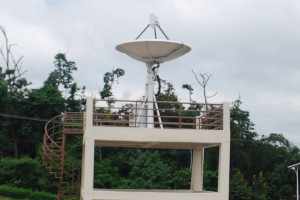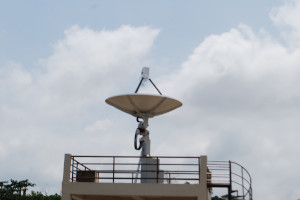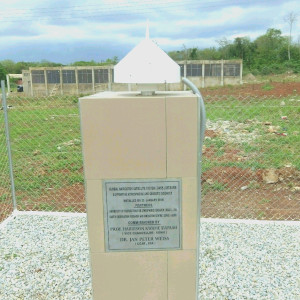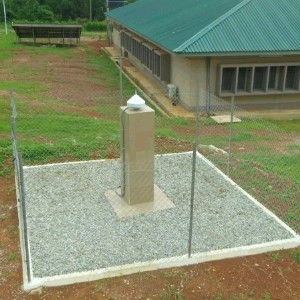The COSMIC-2 mission is a collaboration between National Oceanic. Atmospheric Administration (NOAA-USA), the United States Air Force and the National Space Organization of Taiwan, with the goal of obtaining Global Navigation Satellite System Radio Occultation (RO) Data worldwide. COSMIC-2 is a follow-on mission to the COSMIC-1 constellation and will afford 12 satellites in low and high-inclination orbits to collect more RO data. This will enable unprecedented research opportunities for hurricane analysis and prediction in the years to come.
GNSS-RO data are collected by measuring the changes in a radio signal as it is refracted through the atmosphere, allowing the derivation of temperatures and moisture in the atmosphere’s layers and electrons in the ionosphere.
Impact:
• Weather Forecasting
• Space Weather Monitoring
• Climate Change Trending
COSMIC-2 is an interdisciplinary satellite mission that significantly advances numerical weather prediction (NWP), space weather monitoring, and climate monitoring. COSMIC-2 data products are accurate and provide high vertical resolution atmospheric measurements in the tropics and sub-tropics (from 40° S to 40° N). These data improve forecasting skills and produce a positive impact on predicting the track and intensity of tropical cyclones from genesis to landfall. In addition, COSMIC-2 monitors ionospheric climatology improves physical models and contributes to understanding the coupling between the lower and upper atmosphere.
The COSMIC-2 Program has installed and integrated a Remote Tracking Station (RTS) at the University of Energy & Natural Resources in Sunyani, Ghana. This RTS was commissioned by NOAA’s National Environmental Satellite, Data, and Information Service (NESDIS) to support the launch and on-orbit operations of the Constellation Observing System for Meteorology, Ionosphere, and Climate (COSMIC-2) constellation. The ground station is currently managed by ATLAS Space Operations, USA and the Earth Observation Research & Innovation Centre(EORIC-UENR), Ghana.






